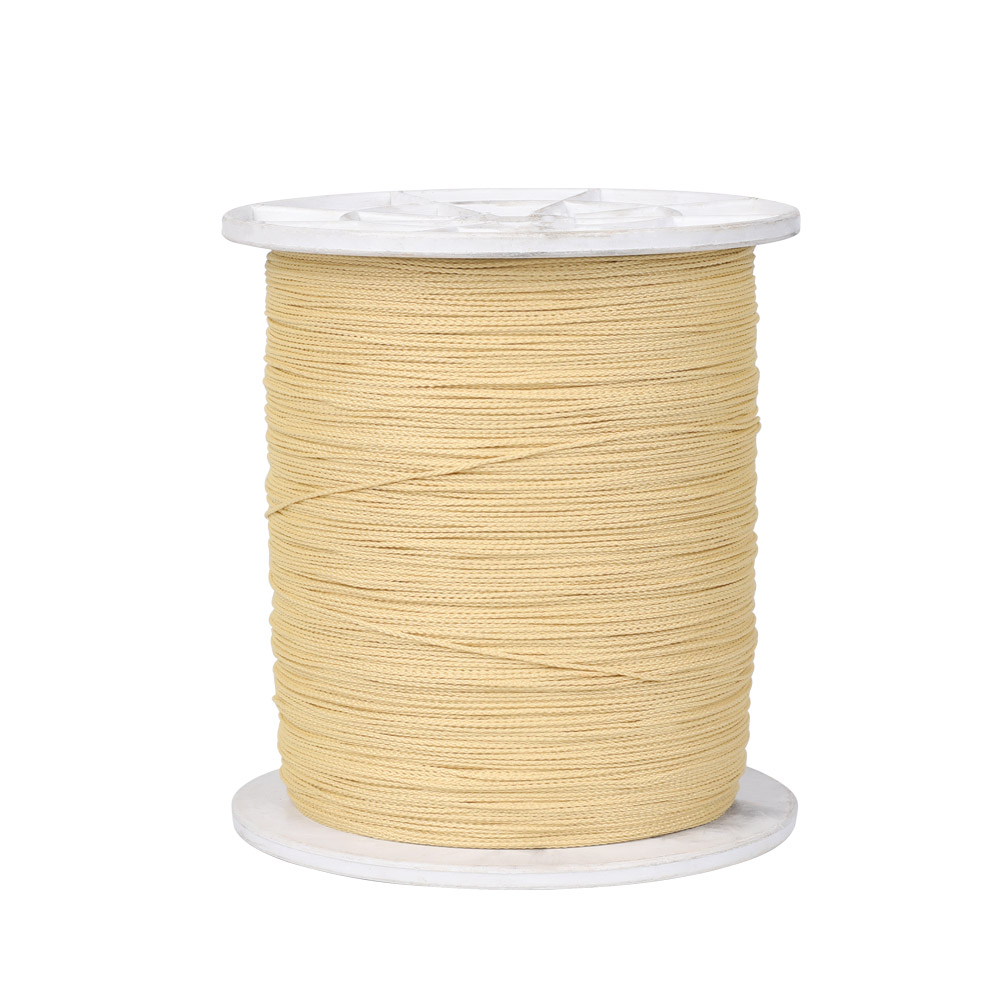The rapid evolution of the New Energy Vehicle (NEV) market, driven by the demand for longer range, faster charging, and higher performance, places extraordinary pressure on every component of the electric drivetrain. Few parts are as crucial yet as fundamentally challenging as the New Energy Vehicle Motor Binding Wire—the technical term for the specialized magnet wire used to create the stator windings of the traction motor. This wire is the heart of the motor, responsible for carrying massive current and converting it into the torque that moves the vehicle.
Performance Imperatives of the NEV Drivetrain
Unlike traditional industrial motors, the drive motors in NEVs must balance conflicting requirements:
-
High Power Density: To minimize weight and footprint, NEV motors must deliver maximum power from minimal volume. This requires tightly packed windings and materials that can handle high current flow.
-
High-Voltage Endurance: Modern EV architectures are migrating towards 800V systems and higher to enable faster charging. The winding insulation must reliably withstand these elevated operating voltages and the severe Partial Discharge (PD) stresses generated by high-frequency inverters.
-
Thermal Management: Efficiency losses are converted to heat. As motors become more compact, the binding wire must possess exceptional thermal stability and facilitate efficient heat transfer to the motor's cooling system.
The design of the New Energy Vehicle Motor Binding Wire directly addresses these issues through two critical advancements: geometry and insulation.
From Round to Rectangular: Optimizing Geometry
The transition from the traditional circular cross-section to a rectangular or flat wire cross-section is the most visible shift in NEV motor winding technology.
-
Maximizing Copper Fill: A round wire leaves significant air gaps when wound into a slot. Rectangular wire, however, allows for a much higher "slot fill factor"—the proportion of the stator slot filled by the conductive material. This increase (often from around 45% for round wire to over 70% for rectangular) dramatically lowers the overall electrical resistance (), which in turn boosts efficiency and power output.
-
Hairpin Technology: The flat wire is often pre-formed into "hairpin" shapes, inserted into the stator slots, and then welded at the ends. This process, enabled by the flat wire's geometry, facilitates the highly automated and compact winding required for mass-produced NEV motors.
-
Enhanced Heat Transfer: The flat surfaces of the rectangular wire maximize the contact area between adjacent wires and the steel stator core. Since metal conducts heat far better than the air gaps created by round wire, this geometry significantly improves the motor's heat dissipation capability, allowing it to run cooler and sustain peak power for longer durations.

The Insulation Shield: Protecting Against Electrical Stress
The thin, non-conductive layer surrounding the copper core is the key to the durability of the New Energy Vehicle Motor Binding Wire. Its material must perform an almost impossible task: be thin enough to maximize the copper fill while being robust enough to withstand extreme electrical, thermal, and mechanical stresses.
-
Dielectric Strength: Advanced insulation coatings, often utilizing polymers like Polyesterimide (PEI), Polyamideimide (PAI), or specialized co-extrusions like Polyetheretherketone (PEEK), are chosen for their superior ability to resist electrical breakdown under high voltage.
-
Anti-PD Properties: The high switching speeds of the electronic controllers create steep voltage pulses, leading to localized electrical discharges that erode standard enamel. NEV-grade binding wires feature coatings engineered to be Partial Discharge (PD) resistant, ensuring the insulation integrity over the motor’s long service life.
-
Mechanical Integrity: The winding process, particularly the bending involved in creating hairpin coils, subjects the insulation to high stress. The wire coating must be highly flexible and adhere firmly to the conductor to prevent cracking, which would expose the copper and lead to a short circuit.
In essence, the ongoing innovation in the New Energy Vehicle Motor Binding Wire—combining high-purity copper, optimized flat-wire geometry, and resilient polymer insulation—is an invisible yet vital engineering feat that underpins the performance and longevity of every modern electric vehicle.
 English
English
 中文简体
中文简体









